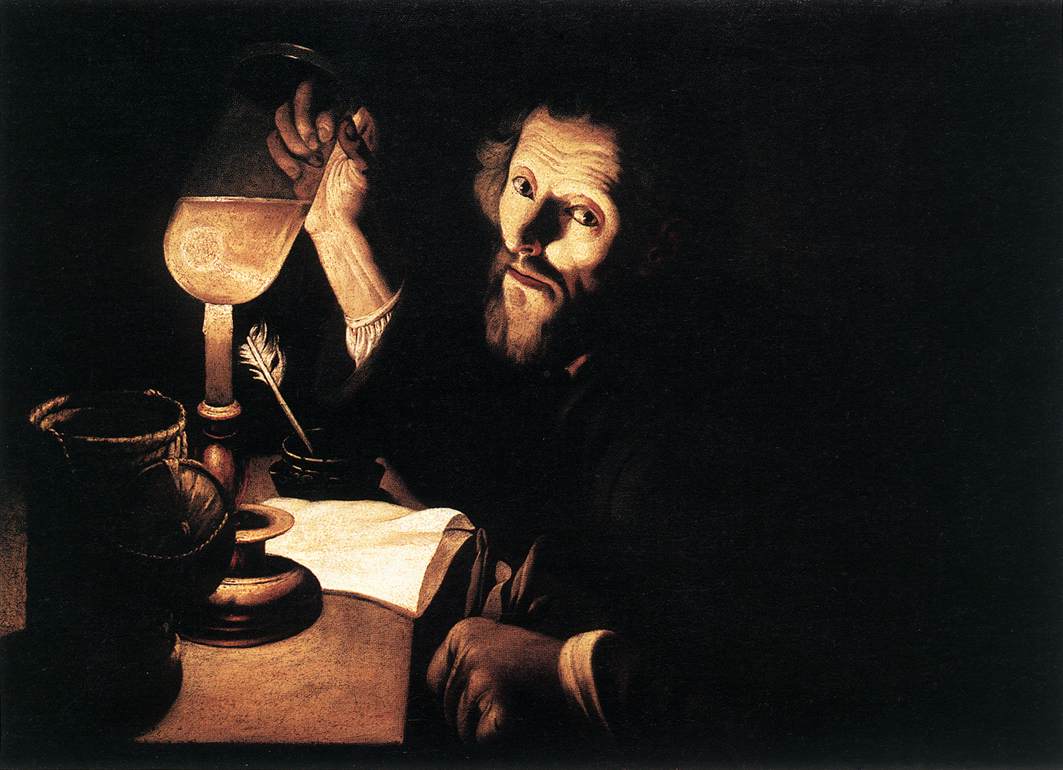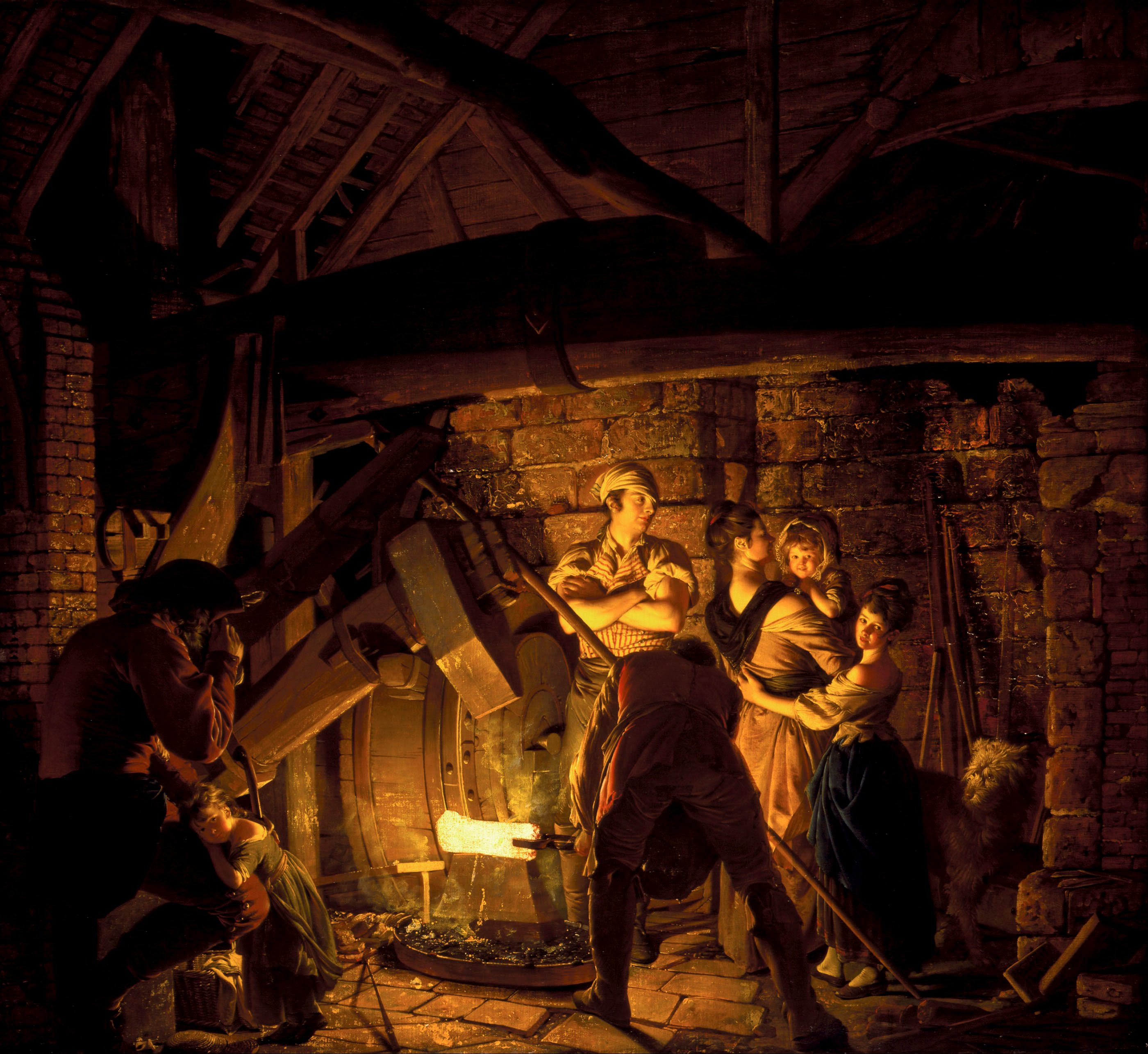
The Candlelight Master was an unknown French, Italian or Northern European artist who worked in Rome from 1620 to 1634 (and possibly later). His paintings were attributed to famous contemporaries, such as Gerrit van Hoonthorst, Matthias Stomer, and George de La Tour. Researchers have tried to equate him with representatives of the dynasty of the Bigot painters from Aix-en-Provence – Trophime Bigot the Elder and Trophime Bigot the Younger, as well as with the Italian artist Master Giacomo (or Giacomo Massa).
Different art historians credit the Master of Candlelight with up to 50 different paintings, which are now part of the collections of major European and American museums, as well as private collections.
The main feature of his paintings is a religious or everyday scene illuminated by the candlelight that makes it stark and striking.
The Master of Candlelight did not paint scientists on purpose, but in the context of this blog he is interesting because of his painting «A Doctor Examining Urine». On the painting, we see a bearded middle-aged man with the lined brow. The doctor looks at us while holding a transparent vessel filled with a cloudy liquid. In the bottom left corner, you can see the container for the vessel carrying made of some material akin to birch bark, then the candlestick, a folded sheet of paper and inkpot with writing feather.
Introduced by Ancient Greek physician and father of Western medicine Hippocrates urine examination is one of the few diagnostic methods that are still in use today. The pre-modern doctors looked at urine and by its state tried to diagnose a disease. For example, cloudy urine was an indication of kidney problems (now we know that diseased kidneys leak protein into urine). The urine that attracted flies due to sugar accumulation was a sign of diabetes (not that they could do anything about it, except informing relatives that they need to prepare for the inevitable).
The urine on the painting looks cloudy, the patient is probably in trouble.

It’s interesting to compare this painting with those of science and industry painter Joseph Write of Derby. His scientific and industrial scenes also happen during dark hours and have a single light source illuminating a scene. Sometimes (An experiment on a bird in the air pump, Two Girls Dressing a Kitten by Candlelight) it’s a candle, but sometimes it’s a flask with phosphorus (Alchemist discovering phosphorus), lamp (A Philosopher by Lamplight) or red-hot iron (An Iron Forge). The time moved both scientifically and in art.
Sources:
- Rosenberg, Pierre. Candlelight Master // France in the Golden Age: Seventeenth-century French Paintings in American Collections. — New York: Metropolitan Museum of Art, 1982. ISBN 978-0870-9929-57.
-
Medicine: The Definitive Illustrated History// DK (an imprint of the Random House) —Cambrige, 2016. ISBN: 978-0241225967.
